Search
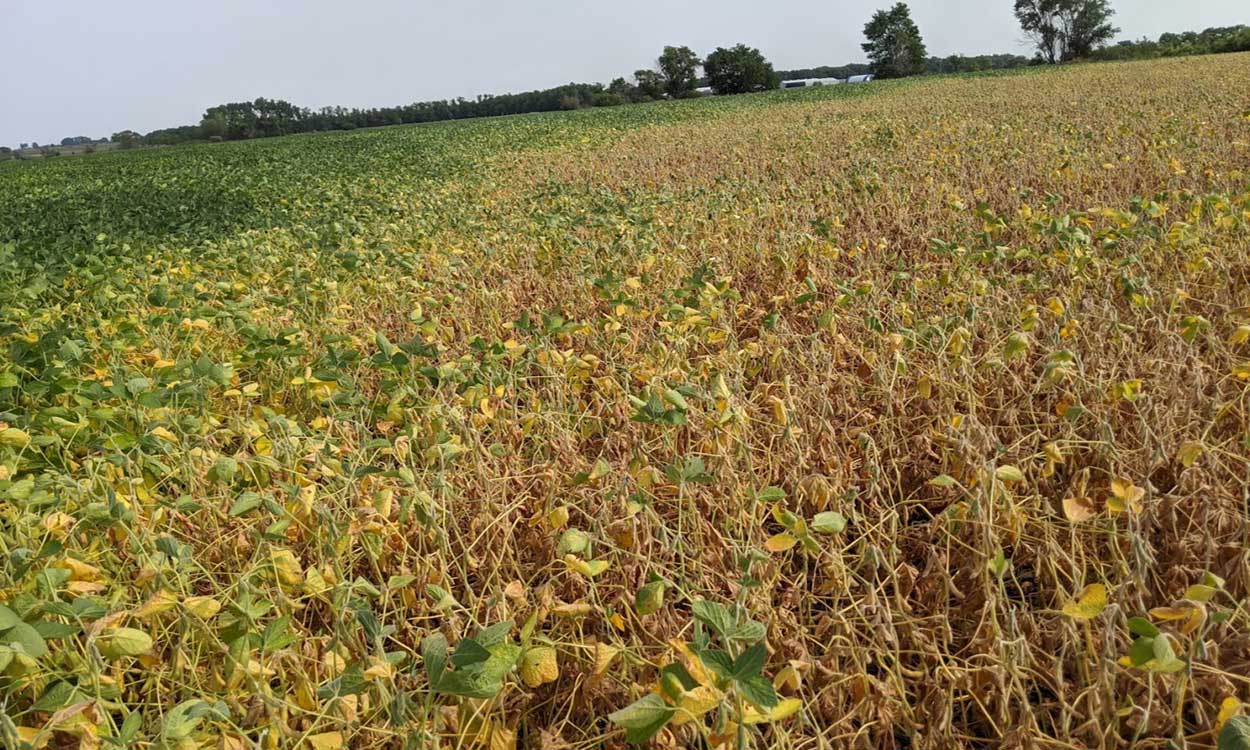
Drought Stress or Stem Canker Killing Soybean Plants?
Several soybean fields scouted in a number of Eastern counties have plants dying or dropping leaves prematurely. While the majority of these fields have drought stress causing early senescence, a few fields have also stem canker developing
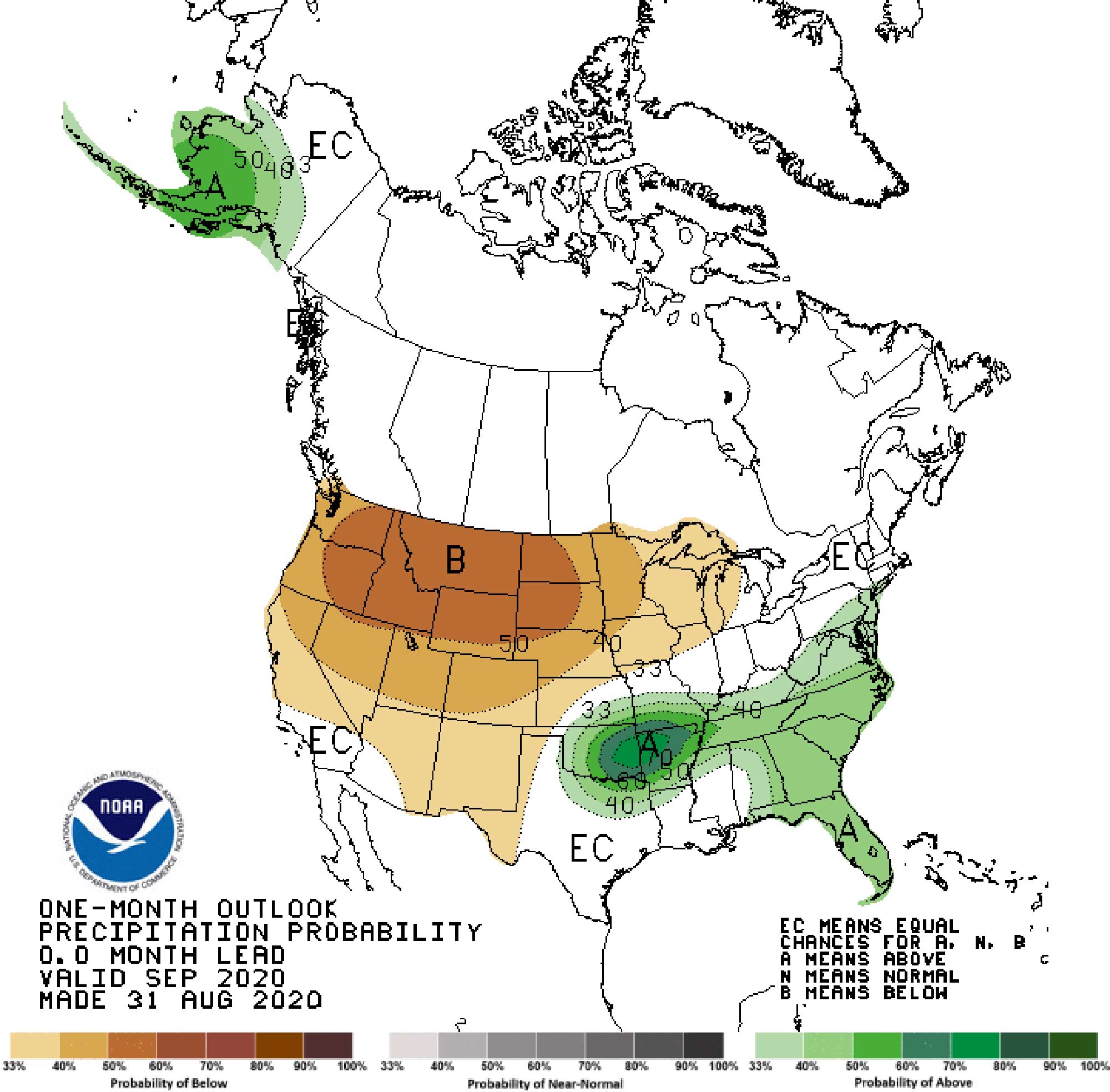
September 2020 Climate & Drought Outlook
Summer has its last hurrah the first week of September before we see potential for our state’s first freeze of the fall season, according to NOAA’s Climate Prediction Center.

It's Cold! How Can Our Plants Trees and Shrubs Withstand It?
The Northern Great Plains have experienced colder than normal weather over first few weeks of December. Cold temperatures certainly do affect our plants but there are some important differences.

SDSU Extension’s Approach to the 2017 Drought
Most of the Great Plains, of which Western South Dakota is part of, have always been considered a semi-arid area of the U.S. This region is characterized by hot, relatively short summers, and usually cold, dry winters.
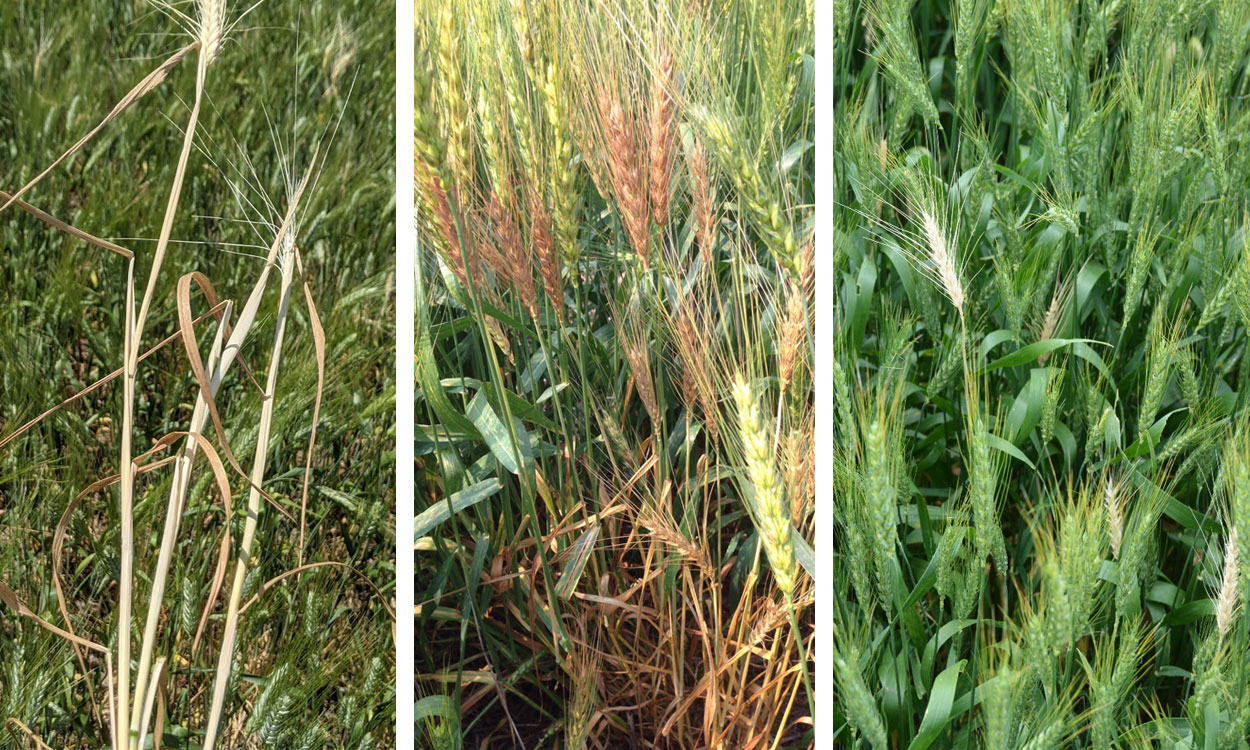
Differentiating Between Wheat Head Diseases and Disorders
Several diseases and disorders can develop in wheat heads. Learn the symptoms of several common disease and insect issues being observed in South Dakota wheat this growing season.
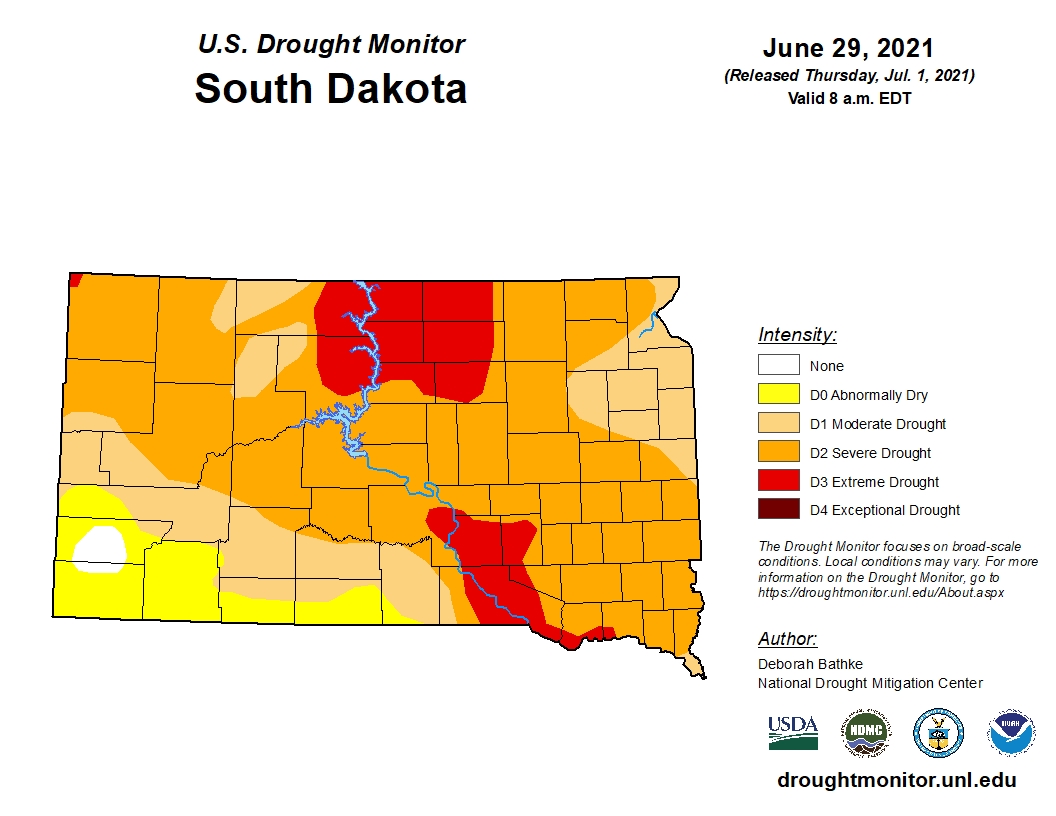
July Drought Hours to Address Livestock Nutrition, Crop Quality Concerns
July 15, 2021
More South Dakota acres are now in an extreme drought condition as lack of moisture and high temperatures continue to impact much of the state.
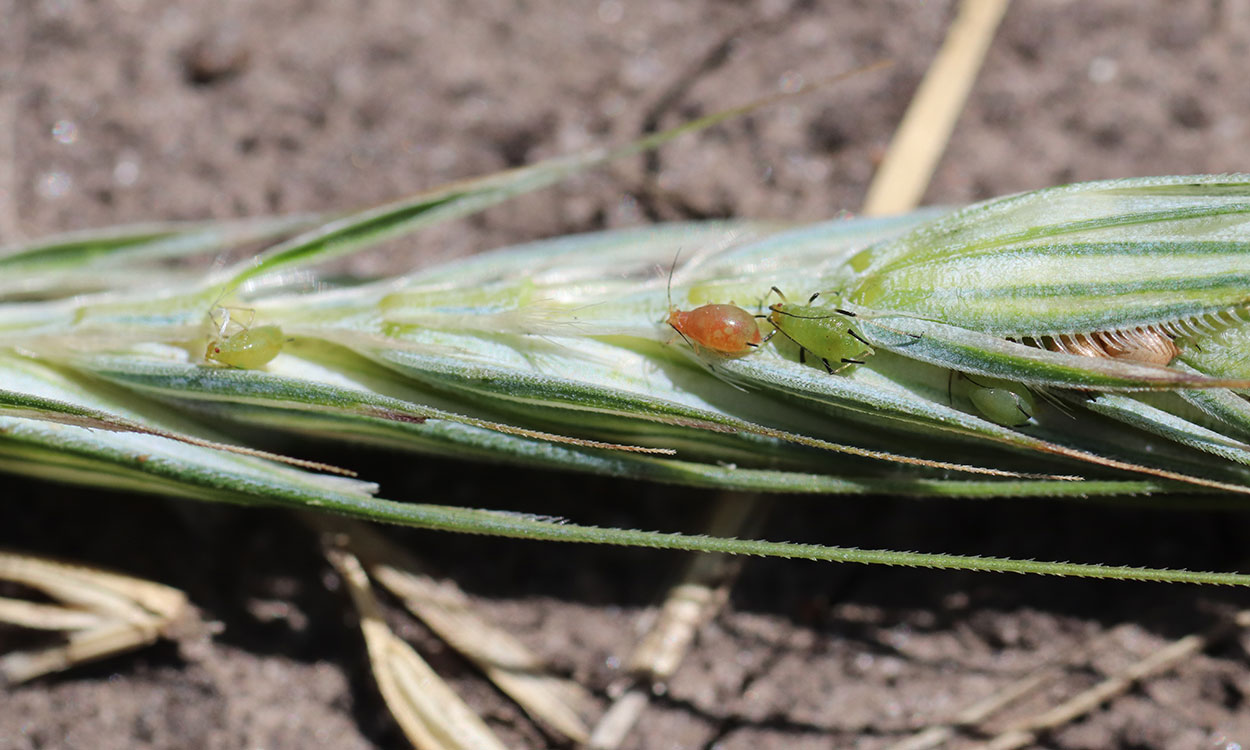
English Grain Aphids Observed in Wheat
Reports of aphid populations in wheat fields have been slowly increasing in the past week. Most of these populations are well below the economic threshold, but there is a potential for them to increase.
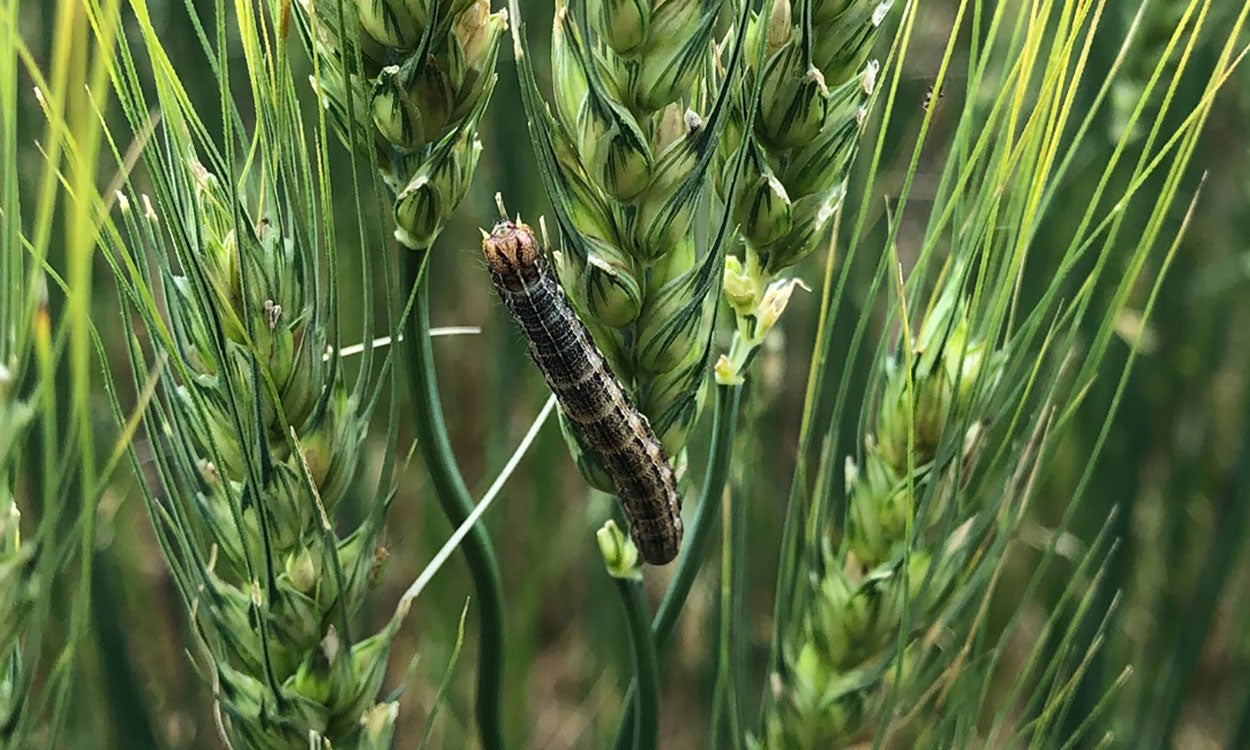
It’s Time To Start Scouting for True Armyworm Caterpillars in Wheat
This week, we collected quite a few true armyworm moths from our traps around eastern South Dakota. That means that true armyworm caterpillars will probably be showing up soon. To play it safe, scouting should start this week to stay ahead of potential issues.
SDSU Extension to Host Small Grain Variety Tours
June 08, 2021
On June 17, South Dakota State University Extension will kick off its annual statewide Small Grain Variety Tours in Ideal.
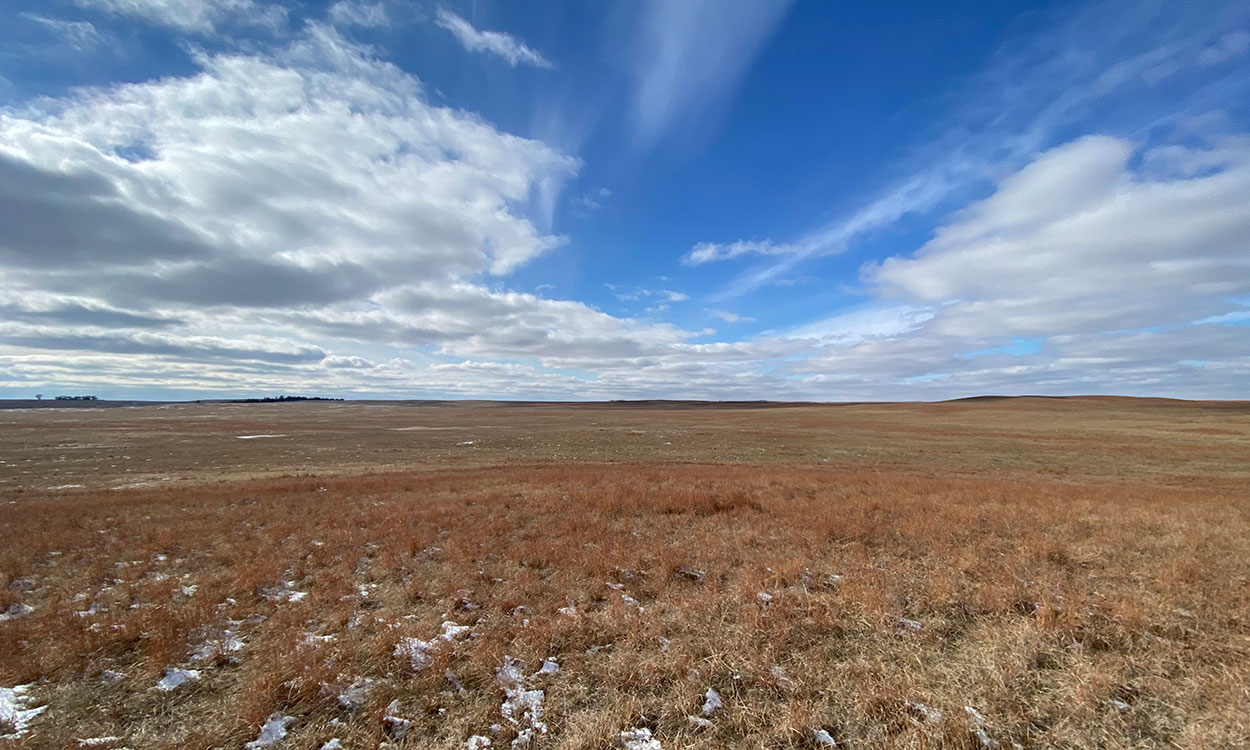
Climate Resilience Toolkit for the Northern Plains Region
In September 2021, the U.S. Climate Resilience Toolkit announced the publication of a new Northern Great Plains Region section. The new section can help producers recognize climate hazards, assess vulnerabilities and confront risks.